If You Live in the Ocean, Odds Are You’re Glowing Right Now
Bioluminescence is the lingua franca of life in the seas, both shallow and deep.
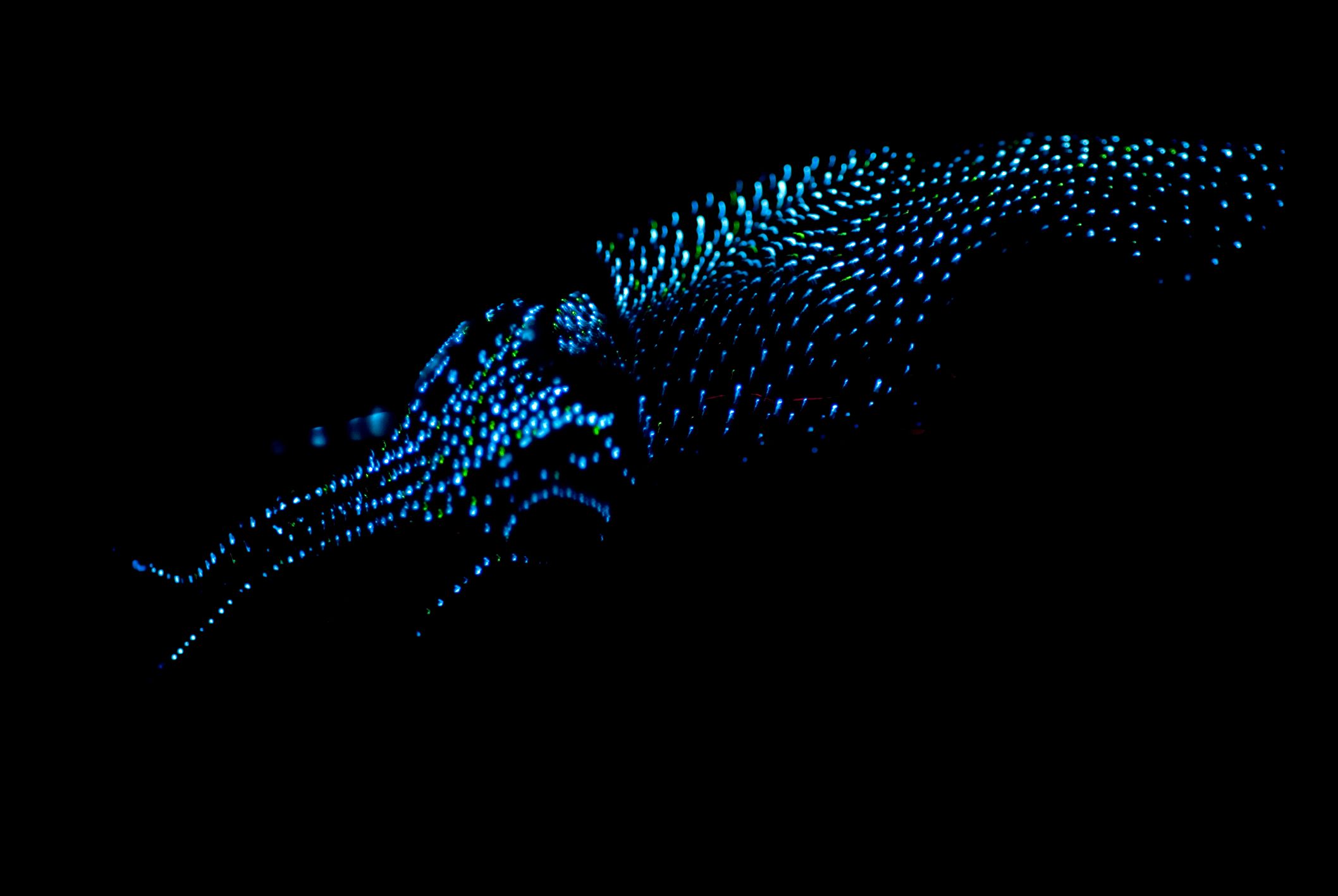
Tourists flock to Mosquito Bay off the island of Vieques in Puerto Rico for its light show—bioluminescence given off by single-celled creatures called dinoflagellates that swirls in bright plumes as waves lap the shore and kayaks cut through the water. And while the intensity of the luminescence at Mosquito Bay is rare (due to its unusually high concentration of glowing protists), bioluminescence in the ocean is the opposite of rare. According to a new paper in Scientific Reports, it’s everywhere.
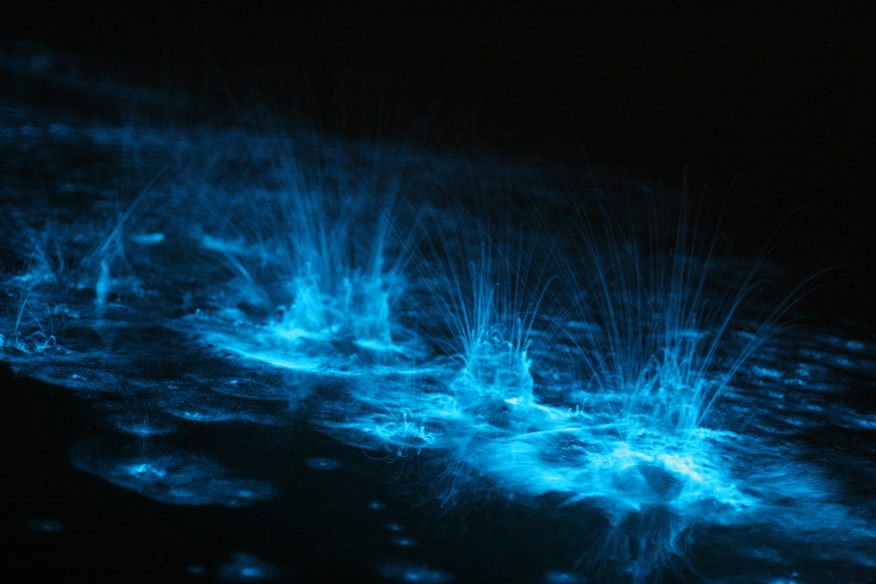
Bioluminescence is produced by a chemical reaction involving the incredibly named molecule luciferin. Ocean dwellers use it for a variety of purposes, from camouflage and defense to communication and hunting. The recent study looked at 17 years of video from waters off the California coast, from the surface to 2.5 miles deep, for a total of more than 350,000 individual observations, to quantify just how common the trait is. They found that 76 percent of all the creatures they saw produce some form of light. That includes almost all cnidarians (jellyfish and friends), half the fish, and most polychaetes (bristle worms), cephalopods (primarily squid), and crustaceans such as shrimp.
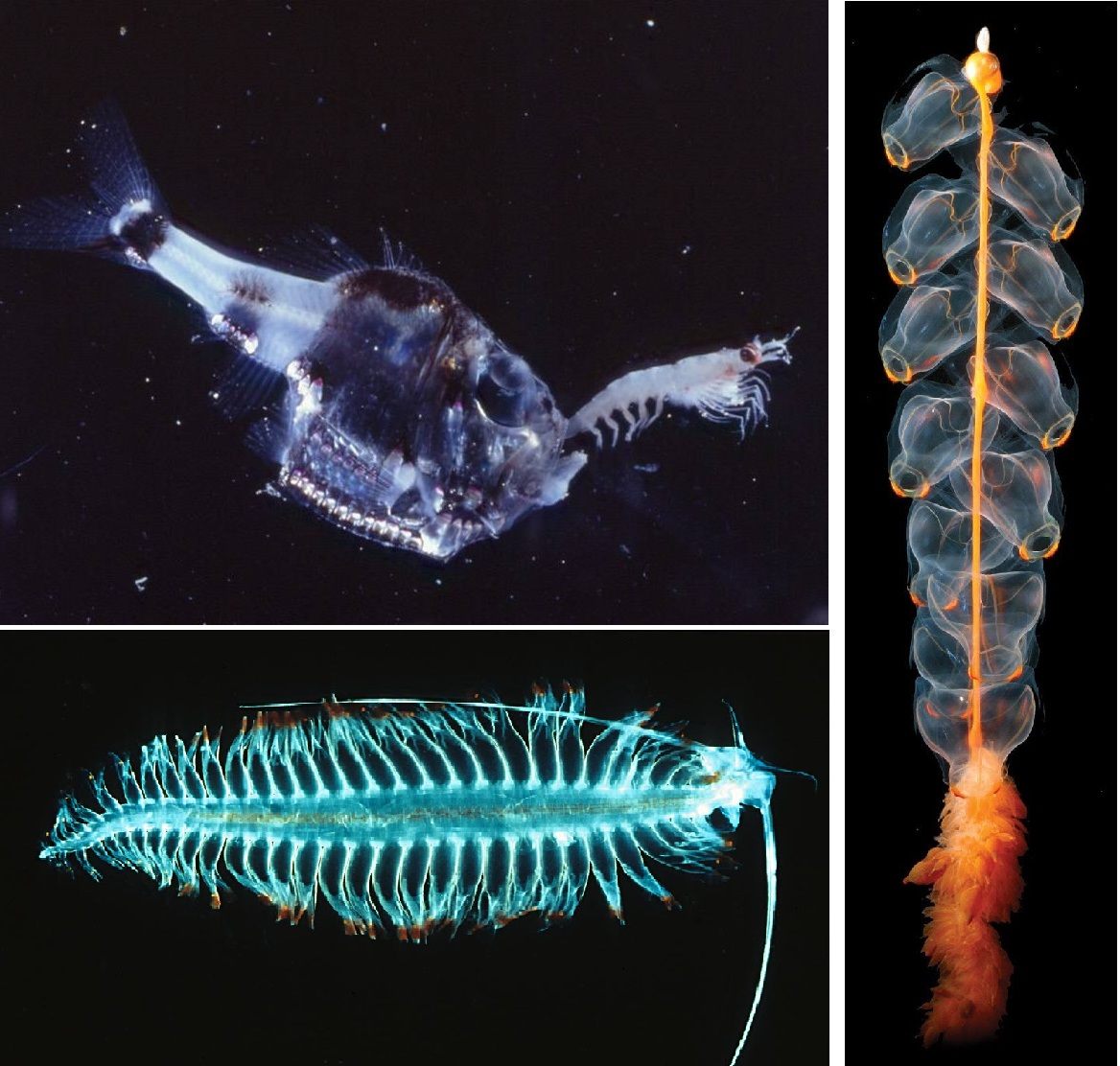
Though it’s known that most organisms in the deep, dark sea luminesce, the researchers from the Monterey Bay Aquarium Research Institute were surprised to find that just as many do it in near-surface waters. This means that lighting up is an “ecological trait,” nearly as natural in the ocean as swimming.


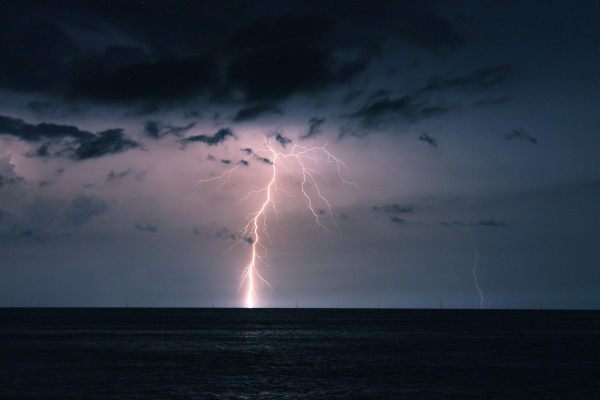
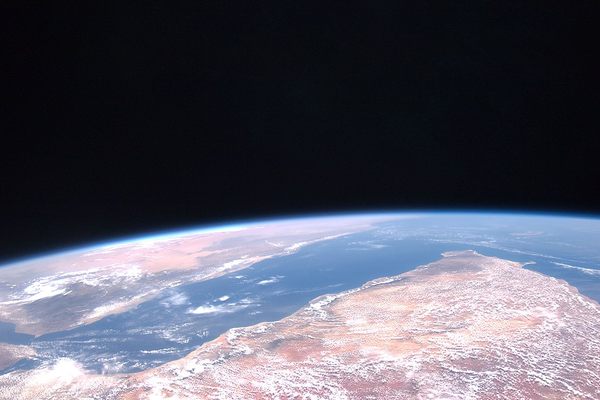
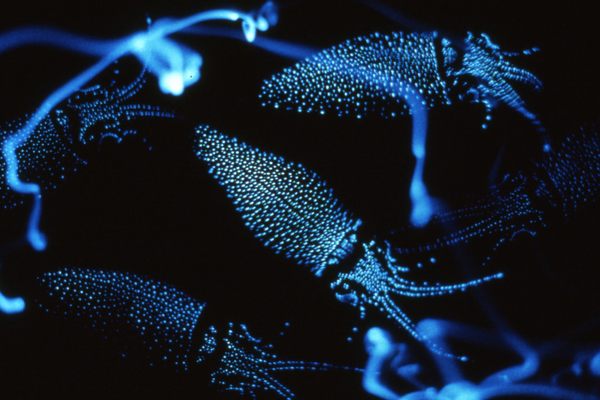
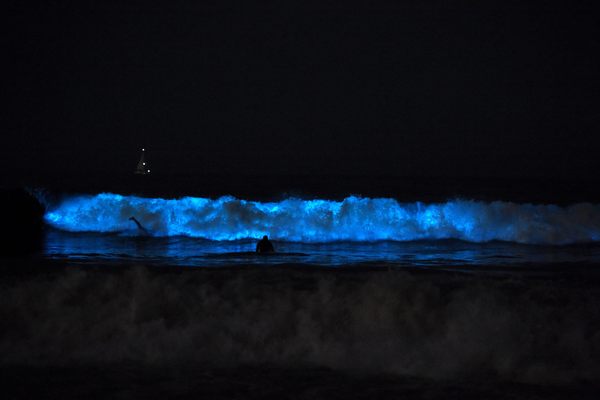






Follow us on Twitter to get the latest on the world's hidden wonders.
Like us on Facebook to get the latest on the world's hidden wonders.
Follow us on Twitter Like us on Facebook